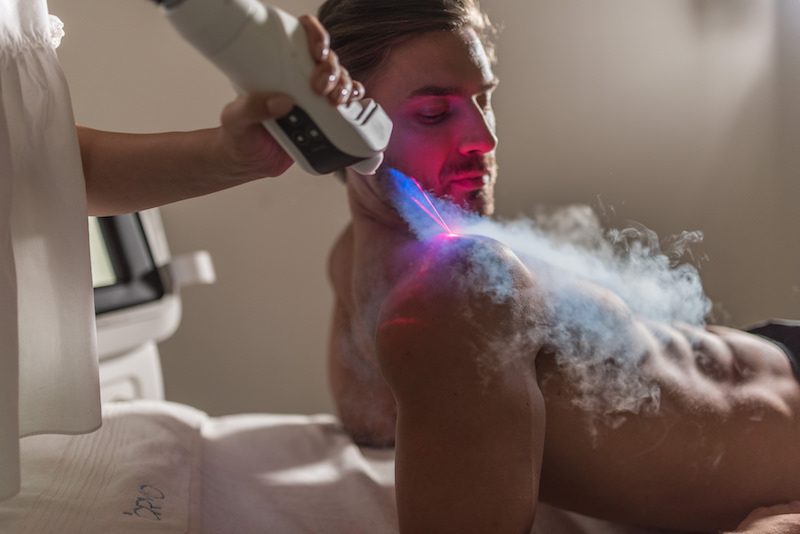Cryotherapy, a treatment that involves exposing the body to extremely cold temperatures for several minutes, has become increasingly popular among athletes seeking faster muscle recovery and effective injury prevention. The method, which includes whole-body cryotherapy chambers, localized cryotherapy, and ice baths, works on the principle of reducing inflammation, minimizing muscle soreness, and accelerating the body’s natural healing processes. As sports and athletic performance continue to push the limits of physical endurance, athletes are turning to innovative therapies like cryotherapy to gain a competitive edge, shorten downtime, and enhance overall physical resilience. One of the main benefits of cryotherapy for athletes is its role in accelerating muscle recovery. After intense workouts or competitions, muscles often experience microscopic tears, leading to soreness, stiffness, and inflammation. Cryotherapy helps to constrict blood vessels and reduce metabolic activity, which in turn decreases inflammation and swelling. Once the body rewarms, blood flow increases, helping to flush out toxins and lactic acid from the muscles.

This physiological response leads to reduced muscle pain and quicker recovery times, allowing athletes to return to training or competition sooner. Whole-body cryotherapy sessions, often lasting only two to three minutes, can offer similar or even more enhanced recovery benefits compared to traditional ice baths, without the prolonged discomfort. Injury prevention is another key area where cryotherapy proves beneficial. Consistent cryotherapy treatments can improve joint function, reduce the risk of overuse injuries, and maintain overall muscle integrity. Cold exposure promotes better circulation and increases collagen production, both of which contribute to healthier, more resilient connective tissues. Additionally, by alleviating chronic inflammation, athletes are less likely to suffer from strains and sprains that often result from cumulative stress. The cryotherapy poole can also serve as a preventive measure for conditions like tendonitis or delayed-onset muscle soreness DOMS, both of which can hinder athletic performance if not managed properly. Moreover, the psychological benefits of cryotherapy should not be overlooked. The cold exposure triggers the release of endorphins and norepinephrine, neurotransmitters associated with improved mood, focus, and alertness.
For athletes, maintaining mental clarity and a positive outlook is crucial, particularly when managing the pressures of competition or recovering from injury. Cryotherapy sessions can enhance overall well-being and reduce the mental fatigue often associated with intense training regimens. This mental boost can be especially helpful in the off-season or during recovery periods, helping athletes stay motivated and maintain discipline in their routines. In recent years, professional sports teams and elite athletes across disciplines from football and basketball to track and field and mixed martial arts have embraced cryotherapy as part of their regular recovery protocols. While more long-term studies are still needed to establish all the effects and best practices for cryotherapy, anecdotal evidence and preliminary research strongly support its efficacy. When used in conjunction with other recovery methods like proper nutrition, hydration, massage, and rest, cryotherapy can be a powerful tool for enhancing performance and preventing injury. Ultimately, cryotherapy offers a compelling combination of physiological and psychological advantages for athletes. By promoting faster muscle recovery, reducing injury risk, and improving overall well-being, it serves as an essential component of modern sports recovery strategies.
